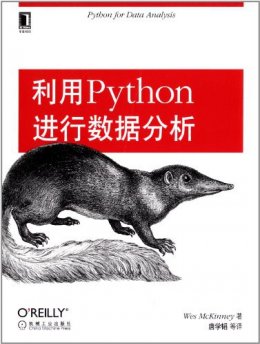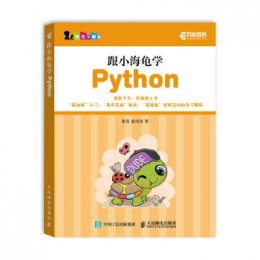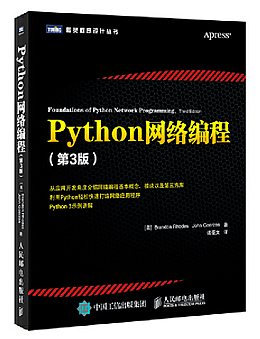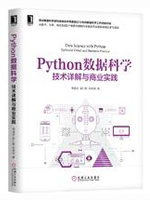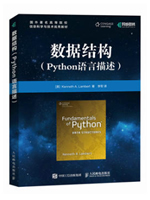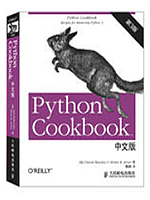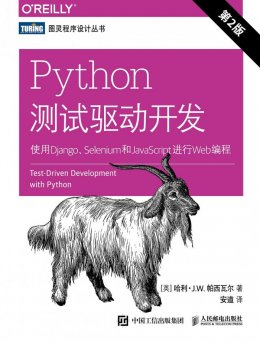给大家整理一篇Python AES加密相关的编程文章,网友夏良材根据主题投稿了本篇教程内容,涉及到Python、PyCrypto、AES加密、Python使用PyCrypto实现AES加密功能示例相关内容,已被278网友关注,如果对知识点想更进一步了解可以在下方电子资料中获取。
Python使用PyCrypto实现AES加密功能示例
本文实例讲述了Python使用PyCrypto实现AES加密功能。分享给大家供大家参考,具体如下:
#!/usr/bin/env python
from Crypto.Cipher import AES
import base64
import os
# the block size for the cipher object; must be 16, 24, or 32 for AES
BLOCK_SIZE = 32
# the character used for padding--with a block cipher such as AES, the value
# you encrypt must be a multiple of BLOCK_SIZE in length. This character is
# used to ensure that your value is always a multiple of BLOCK_SIZE
PADDING = '{'
# one-liner to sufficiently pad the text to be encrypted
pad = lambda s: s + (BLOCK_SIZE - len(s) % BLOCK_SIZE) * PADDING
# one-liners to encrypt/encode and decrypt/decode a string
# encrypt with AES, encode with base64
EncodeAES = lambda c, s: base64.b64encode(c.encrypt(pad(s)))
DecodeAES = lambda c, e: c.decrypt(base64.b64decode(e)).rstrip(PADDING)
# generate a random secret key
secret = os.urandom(BLOCK_SIZE)
# create a cipher object using the random secret
cipher = AES.new(secret)
# encode a string
encoded = EncodeAES(cipher, 'password')
print 'Encrypted string:', encoded
# decode the encoded string
decoded = DecodeAES(cipher, encoded)
print 'Decrypted string:', decoded
希望本文所述对大家Python程序设计有所帮助。

